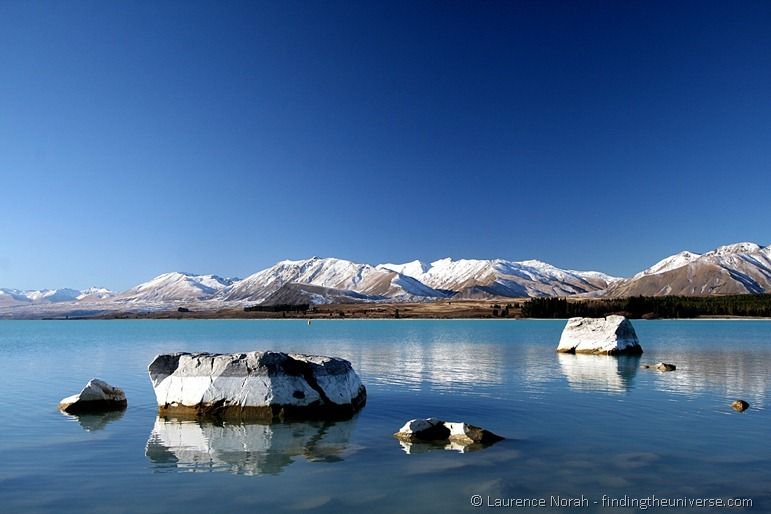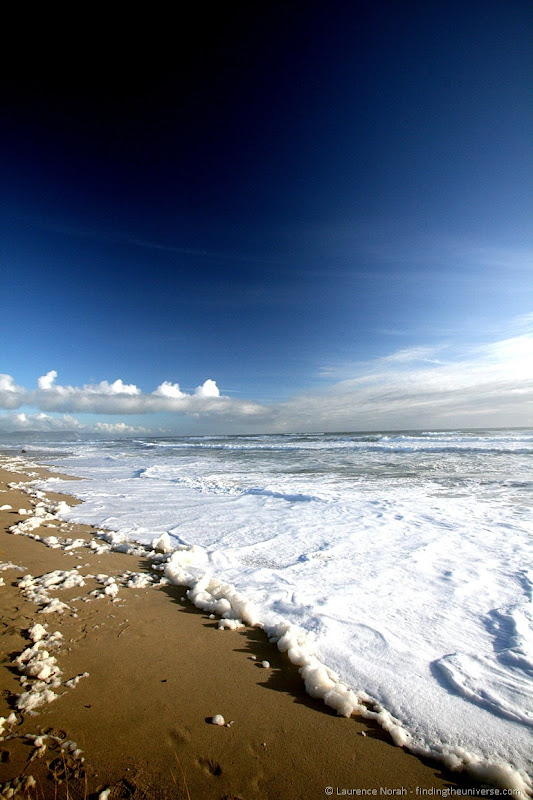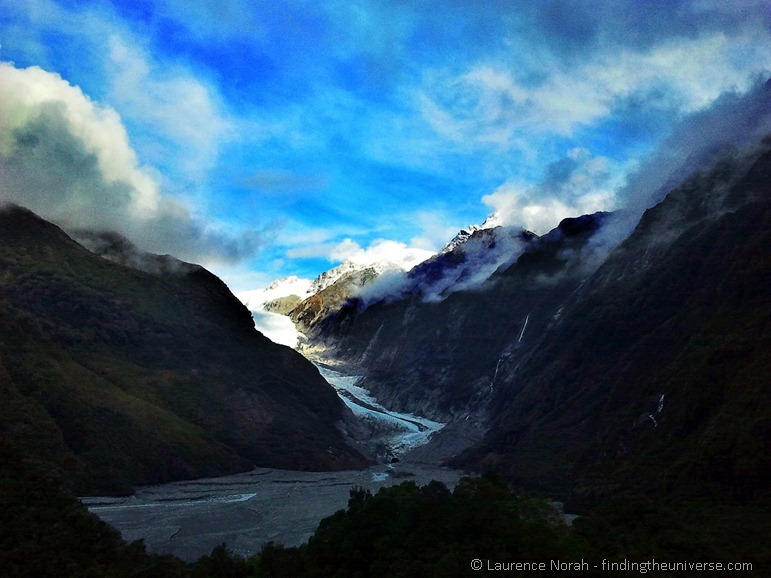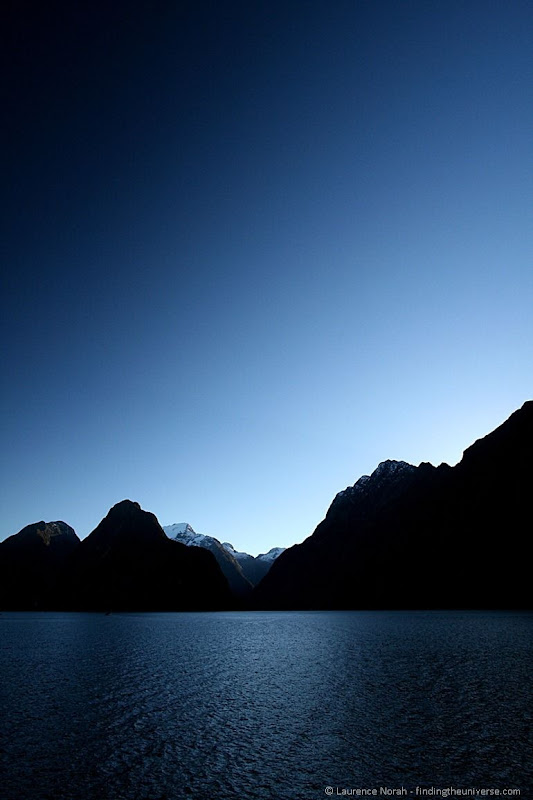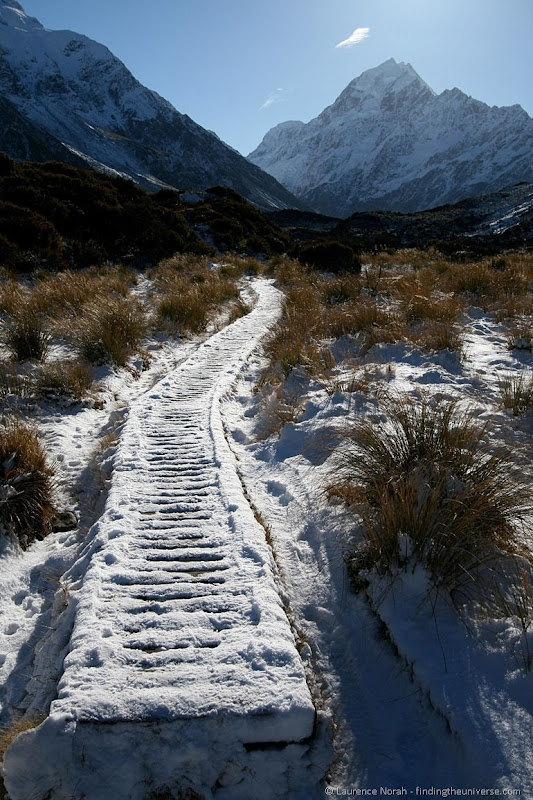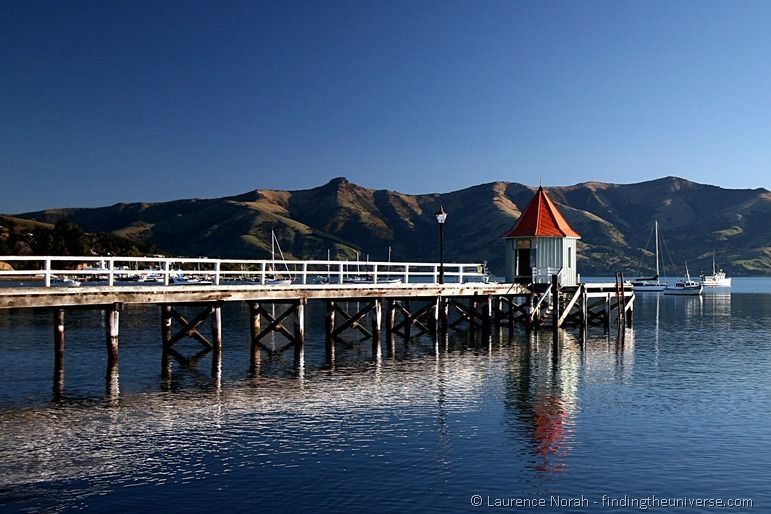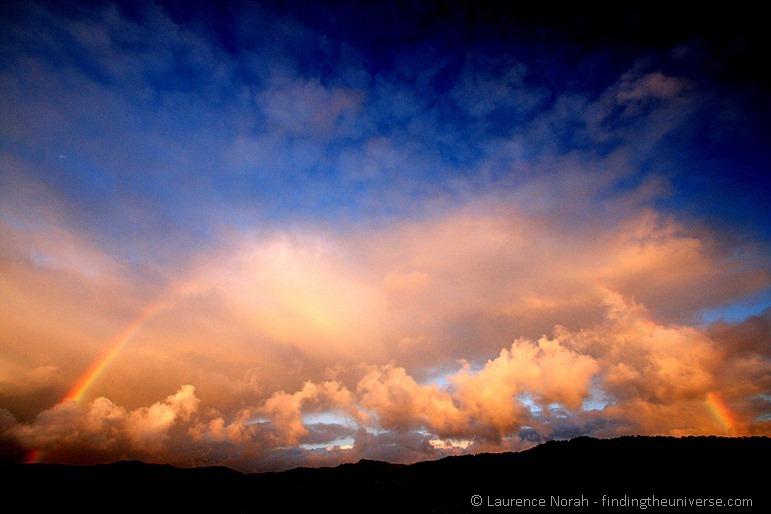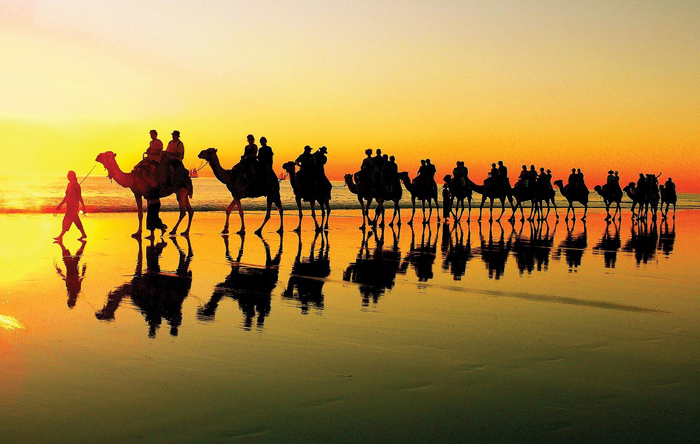MY STEP-BY-STEP GUIDE TO BACKPACKING EUROPE
Thanks to Matt at nomadicmatt.com

Backpacking Europe is still one of my favorite things to as a traveler. There isn’t a year I don’t criss-cross the continent.
I’ve been doing it for over close to thirteen years and it never gets old.
During the summer, hostels brim with life, the Mediterranean sparkles, streets brim with people slowly drinking wine, and the late night setting suns leads to long wonderous days. During the winter, winter brings Christmas markets, skiing, fewer crowds, and lower prices! (Note: May and October are really the best months to backpack Europe in my opinion.)
Summary of Matt’s full article
Step 1: Plan Your Backpacking Europe Trip
How Not to Feel Overwhelmed While Planning – Planning the perfect trip to Europe can be daunting and overwhelming. I’ve been there and I understand, but I can tell you from years of experience that the more you plan your trip, the more anxiety you will face.
Step 2: Get Your Gear for Backpacking Europe
How to Pick the Best Backpack – It’s important to pick a quality backpack for your trip since it’s going to get beaten up as you travel!
Step 3: How to Get Amazing Accommodation in Europe
How to Find Cheap Accommodation – If you are looking to stay somewhere besides a hotel or a hostel, this article lists all the types of places where you can rest your head in Europe — from couches to farms and even monasteries!
Step 4: Get Around Europe on the Cheap
7 Cheap Ways to Travel Across Europe – Even with the falling euro, traveling around Europe can still be fairly expensive. Here are seven ways to backpack Europe without breaking the bank.
Step 5: Save Money While Backpacking Europe
How to Save Money on Food – While traveling Europe, food often becomes a major expense. Here are some tips for saving money on food so you still can afford a nice meal out every now and then.
Step 6: Find Out What to do and See in Europe
What do you do while backpacking Europe? LOTS! Here are all my comprehensive budget travel guides for destinations around Europe with tips and advice on things to do and see, ways to save money, and typical costs for each of them. You’ll find country specific tips as well as a host of cities listed as well. I have over 100 guides to places in Europe! Everything you ever need to know about where you are going can be found in these articles!
Want All My Money-Saving Tips? Get My Guide to Europe
Nomadic Matt’s Backpacking Europe
My detailed, 200+ page guidebook is made for budget travelers like you! It cuts out the fluff found in other guidebooks and gets straight to the practical information you need to travel and save money while backpacking around Europe. You’ll find suggested itineraries, budgets, ways to save money, on and off the beaten path things to see and do, non-touristy restaurants, markets, and bars, and much more!!
Read Matt’s full review at … https://www.nomadicmatt.com/travel-blogs/backpacking-europe-guide/

 Follow
Follow








